Exceptional Japanese Koshikawa Arsenal Type 44 Bolt Action Carbine with Folding BayonetThis is an exceptional example of an early Type 44 Calvary carbine that was manufactured by the Koishikawa (Tokyo) Arsenal, with the early short type first variation front bayonet housing with assembly number "5325" ("Military Rifles of Japan, 2nd Edition", Honeycutt, pg 68) Markings on Japanese Arisaka Rifles and Bayonets of World War II Markings on Japanese Arisaka Rifles and Bayonets of World War II Last Updated Adapted from Japanese Rifles of World War II, by Duncan O McCollum, 1996, published by Excalibur Publications, PO Box 36, Latham, NY, USA, ISBN ;Japanese Kokura Arsenal WW2 NCO's Katana (sold) Very good condition World War Two Japanese 1935 Pattern NonCommissioned Officer's Katana / Sword with scabbard (saya), blade and fuchi correctly stamped, matching serial numbers Very good condition WW2 katana for a Japanese NCO with serial number to 695 cm blade and to the throat of the
2
Arisaka japanese rifle arsenal marks
Arisaka japanese rifle arsenal marks-Ww Ii Japanese Bayonet Tokyo Kokura Arsenal Mark With Scabbard Sold See similar items $ Buy It Now or Best Offer, $6030 Shipping Estimate, Click to see shipping cost, eBay Money Back Guarantee Seller antiques1907 ️ (8,394) 996%, Location Miami, Florida, Ships to Worldwide, Item WW II JAPANESE BAYONET TOKYO KOKURAMarkings There is no visible import mark The top of the receiver has had its markings defaced The Imperial ownership mark, a "chrysanthemum" and three Japanese symbols that mean "Type 38" are still partially visible The left side of the receiver is marked with the serial number and the Arsenal symbol
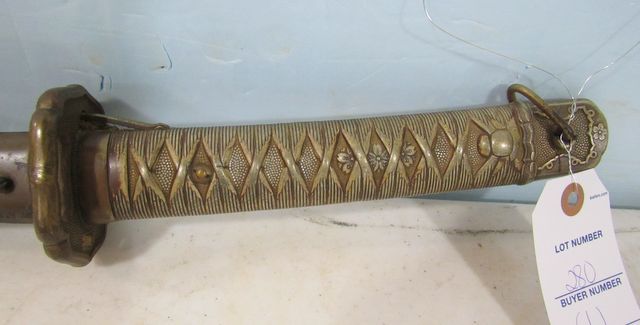



0280 Japanese Wwii Shin Gunto Sword With Tokyo Marks With Scabbard June Online Only Auction 18
The arsenal mark on Japanese rifles is generally found to the right of the serial number Many times there is a series number to the left of the serial number The series numbers were assigned to specific blocks of rifles to be produced at the arsenals Click here to view actual series logos by arsenalAll Cavalry Rifle receivers carry the arsenal and proofmarks of Tokyo Artillery Arsenal the source of the original Infantry Rifles Other variants developed from the Type 38 were the Type 44 Cavalry Rifle, Type 97 Sniper Rifle The Japanese Imperial Navy also purchased a number of Type I Rifles from Italy at the beginning of World War II Two of the most common markings are from the Tokyo Arsenal prior to 1936 (Kokura Arsenal ) and the Nagoya Arsenal Most of the WWII Japanese bayonets you will happen upon will most likely have one of these 2 markings If the bayonet has two markings, meaning one of the 2 above plus an additional one, that usually means the bayonet was
This Japanese bayonet also fits on the older 65 mm Type 30 rifle, whose designation this bayonet shares This example is from the 46th series, the 2nd series produced by the Toyoda Jido Shokki Seisakusho (Toyoda Automatic Loom Works), under Nagoya Army Arsenal supervisionDuring the Second SinoJapanese War in the 1930s, the Japanese soon found that the 77mm cartridge being fired by their Type 92 heavy machine gun in China was superior to the 65×50mm cartridge of the Type 38 rifleThis necessitated the development of a new weapon to replace the outclassed Type 38, and finally standardize on a single rifle cartridgeWith metal scabbard Jinsen Arsenal (Korea) Mukden Arsenal (Manchuria) National Denki (National Electric) Sometimes you will come across a Japanese bayonet that doesn't have markings UNATTACHED ACCESSORIES 15 9/16
Each of these Japanese Bayonets has these parts arsenal mark, blade finish, fuller, cross guard, grip, grip fastener and pommel Arsenal Marks The blades of these Bayonets sword were marked to indicate different information about the sword Information found on these marks includes blade strength, location of the manufacturer etc , 1119 AM Recently acquired a type 38 arisaka carbine Found out what most of the arsenal markings were Nagoya arsenal #5 block making it assembled Found info on japanese characters online The four cannonball markings on this Type 26 indicate that it was manufactured at Imperial Japanese Army Tokyo Arsenal Japanese characters below translate to "26 Year Type" The Type 26 was more diminutive than the S&W Russian, measuring 9¼ inches long as opposed to the S&W's overall length (OAL) of 11½ inches and weighing some 8 ounces less




Wwii Japanese Army Type 95 Tokyo Arsenal Nco Shin Gunto Sword Griffin Militaria
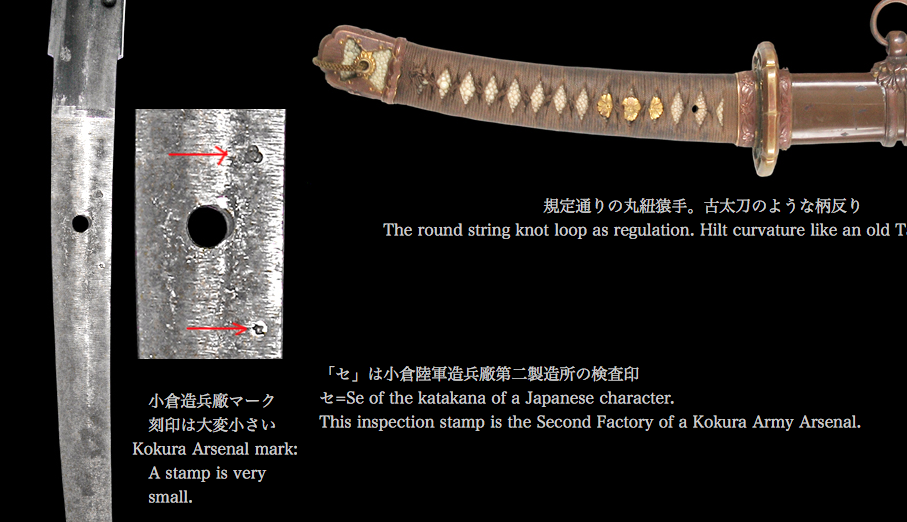



Arsenal Stamps Page 9 Military Swords Of Japan Nihonto Message Board
#6/ ramx50 said I just got a Rifle from my grandfathers collection My father told me that my grandfather got it off a Japanese soilder in the south pacific during WWII The rifle has Japanese markings on it and also has a ground off spot that I was told is where the setting sun was but was ground off on all captured JapJapanese characters are marked on the underside of the buttstock marking onreceiver are in the pic below, which is supposed to translate to Type 99 Toyo Kogyo series 34, number of 99,999 (Toyo Kogyo arsenal) in the last picture you see the markings, on the left side on the barrel you can see it is stamped "3006" コンプリート! wwii japanese arsenal markings Ww2 japanese arsenal markings




Markings On Japanese Arisaka Rifles And Bayonets Of World War Ii Pdf Military Personal Equipment Military Equipment




Two Japanese Wwii Era Bayonets Tokyo And Toyoda Maker Marks Collectors Weekly
Japanese bayonets were marked on the ricasso with a symbol, or combination of symbols, in order to indicate the arsenal, or contractor who made them These markings are shown below Tokyo Arsenal 1870 1929 Kokura Arsenal 1929 194 The Type 95 sword, also just know as the NCO sword, is visually similar to an Officer sword but is user friendly and much less expensive In fact a nice example will cost USD at time of this writing Authorized for production in 1935 and into production in 1937, they first appeared with copper tsuka (handle) and thick (11 mm) brassARSENAL MARKING Here are some examples of the arsenal markings stamped in the tang The stamp shown on the left photo was placed on the spine area The stamp shown on the right photo was placed at the base of the tang PAINTED MARKINGS As discussed earlier, there are times when the sword has engraved and painted markings
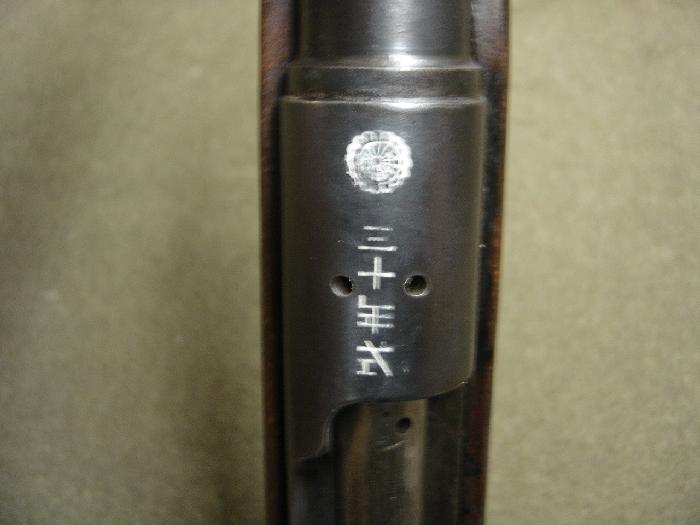



Early Japanese Arisaka Rifle Type 30 With Full Mum And Great Markings For Sale At Gunauction Com




Katana Sword Indonesia Japanese Samurai Sword Blade And Tang Markings
Markings on Japanese Arisaka Rifles and Bayonets of World War II From there, you should be able to identify your rifle and find the corresponding page on this website to see what features are correct to your rifle Arsenal markings Nagoya Produced Long rifle series zero and short rifles zero8 and 1012 Currently Japanese bayonets go for $70 and up depending on the quality of the bayonet and what markings are on it Here are my purchasing rules when I come across a Japanese Bayonet and I don't have my reference books with me Late War – Worth More Exotic Markings – Worth More Wooden Scabbards – Worth MoreWWII Japanese Army Type 95 Tokyo Arsenal NCO ShinGunto Sword $ 500 A World War II Type 95 Japanese Army NCO sword on which the sword blade and scabbard both have matching serial numbers The position of the number on the blade, configured to be read with the cutting edge down, identifies the sword as having been produced by the Tokyo



Arisaka Type 99 Markings Gunboards Forums



3
I thought I might reach out to the collective wisdom of the group in order to answer a question regarding a Type 30 bayonet I recently picked up As you can see from the attached images, the variation of bayonet that I have is pre/early war as it was manufactured with a bright blade, fuller, contoured birds head pommel, and has the hooked quillonModern Japanese Swordsmiths , (Page 2) The Type 98 was a development of the Imperial Japanese Army Officers Type 94 (Model 1934) kyūyonshiki guntō which was itself styled to resemble the 'Tachi' sword type of the classic Samurai Kamakura period ()UK FARQUHAR HILL FAKE An experimental semi automatic rifle trialed during the 's used a reduced length 1907 pattern bayonet and scabbard Fakes of this are available although often mis identified as fighting knives etc the blade may have the wrong dates to be correct for the trial (should be pre 1924), and are typically 5mm short of the actual length of the true blade (165mm)



1




Markings On Japanese Arisaka Rifles And Bayonets Of World War Ii
There are almost no markings on the rifle, except for the serial number It is to note that also the classical chrysanthemum is missing, may be it would have been impressed by a Japanese arsenal Only the long rifle was in the scope of the agreement no short rifle or carbine of Arisaka Carcano model are knownNambu World A Brief Overview of Type 14 Markings Right Side Markings The most useful markings for identifying a Type 14 pistol are usually those on the ride side towards the rear of the pistol, ie the area shown in this photoMarkings "stacked cannon balls" (one cannon ball stacked on three is the Koishikowa Arsenal mark)
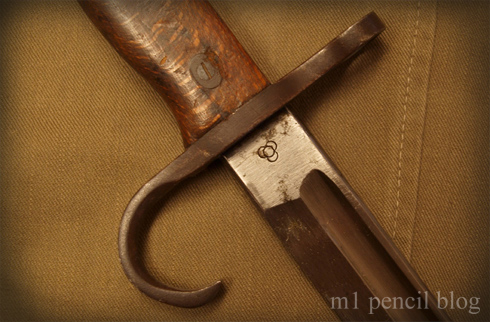



Japanese Bayonet Manufacturer Guide M1 Pencil




Markings On Japanese Arisaka Rifles And Bayonets Of World War Ii
Manufactured by various Japanese arsenals and subcontractors and so marked on the blade ricasso;The Type 30 bayonets had arsenal markings stamped onto the ricasso The Type 44 had a 13 digit assembly number This is found on the underside of the bayonet housing assembly between the stacking hook and the rear bayonet lock inlug This example has a Japanese kanji character (not identified by me) and the assembly number 484Three examples are shown to the left Upperleft manufactured prior to 1937 by Matsushita National under Tokyo Arsenal Supervision;




Japanese Bayonet Manufacturer S Marks




Imperial Japanese Army Air Service Wikiwand
The Model/Type markings are generally found on the top of the receiver, forward (towards to muzzle) of the chamber and generally indicate original caliber unless modified by another country at a later date The serial number is found on the left side of the receiver on most standard rifles The Arsenal mark on Japanese rifles is generally found to the right of the serial number on the leftJapanese blades were bought and the pommel crossguard, and scabbard were reblued 150,000 were ordered but most were shipped onto Russia during WWI UK marked ones are uncommon London Regiment pommel markings Original Japanese pommel serial are still on the pommel end and the original Japanese makers marks are evident on the ricassoNambu World Japanese Type 30 Bayonets for the Arisaka Rifle It may have the "Rocking star" ("star & anchor") marking believed to be associated with the Toyokawa Naval Arsenal or be devoid of any markings, without even a serial number It has a short false edge
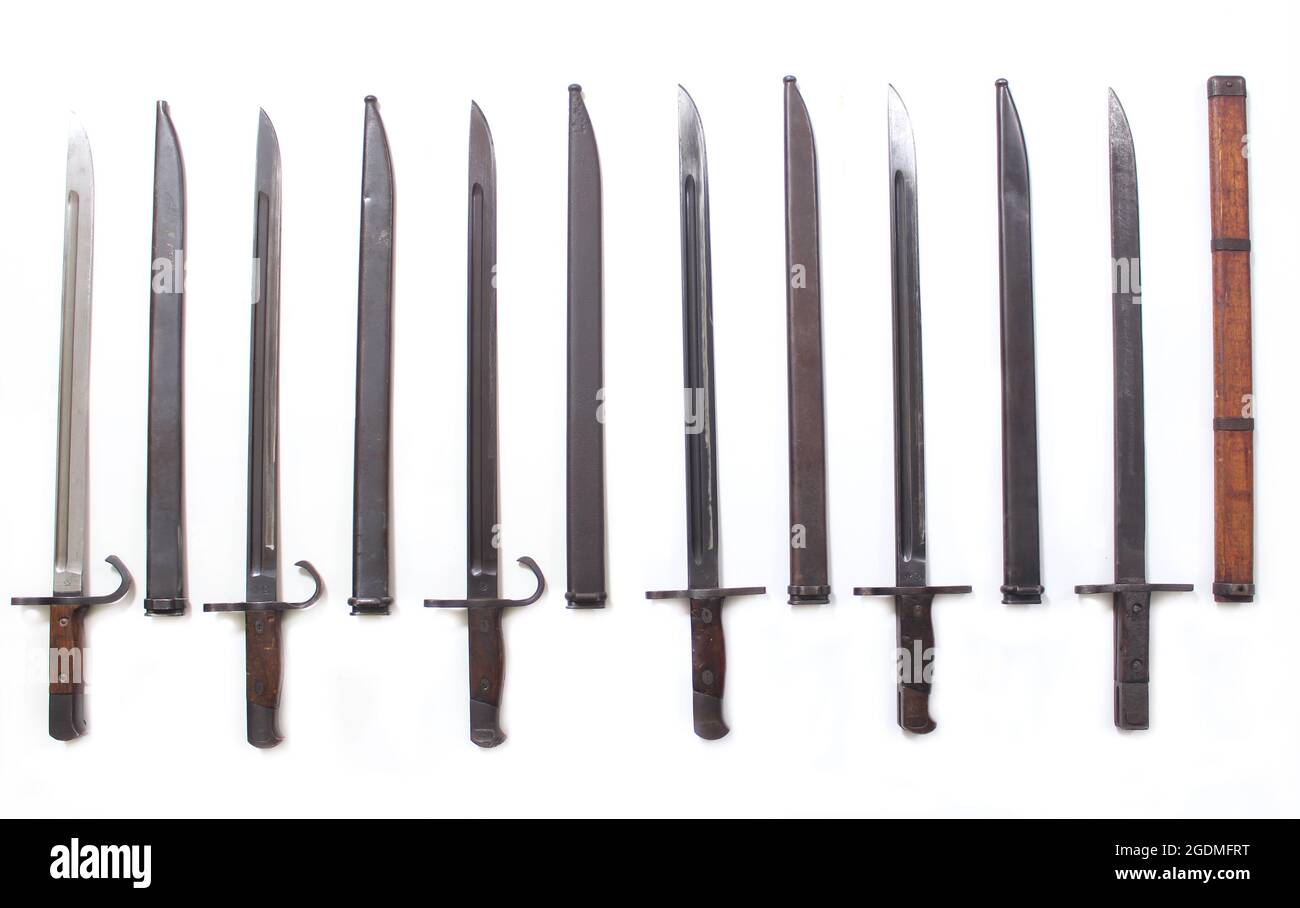



Collection Of Different Japanese Military Bayonets From Ww2 With Arsenal Marks Showing Different Variations Of Bayonets From Early To Late War Stock Photo Alamy




Ww2 German Soviet Allied Militaria Uniforms Awards Weapons History War Relics Forum
The Type 99 is one of the most commonly found WWII Japanese military rifles The initial production rifle was made only by Nagoya Arsenal and Toyo Kogyo under Kokura Arsenal supervision Only about 38,000 of the long version were produced 8,000 at Nagoya and 30,000 at Toyo Kogyo between summer of 1940 and spring of 1941 when production was switched to theKYUGUNTO SWORDS RussoJapanese Style Mounts Kyugunto swords, also called RussoJapanese swords, were used by Army, Cavalry and Naval officers during the RussoJapanese War and WW IIThis style of mounting was used from 18 until 1945 Like shingunto, a great variety of quality in both blades, traditional and machine made, and mounts is seen in kyugunto swords27 wwii japanese bayonet made by the jinsen S E p I o n T 3 X s o 5 r e d 3 T J M D BEAUTIFUL WW2 ERA JAPANESE BAYONET & SCABBARD WITH MAKER MARK HOOKED QUILLON WW2 Imperial JAPANESE TYPE 30 Bayonet JINSEN RIKUGUN ZOHEISHO ARSENAL w/ Frog The bayonet is accompanied by a metal scabbard The 152nd series at Jinsen introduced the unfullered blades that typify late war Japanese
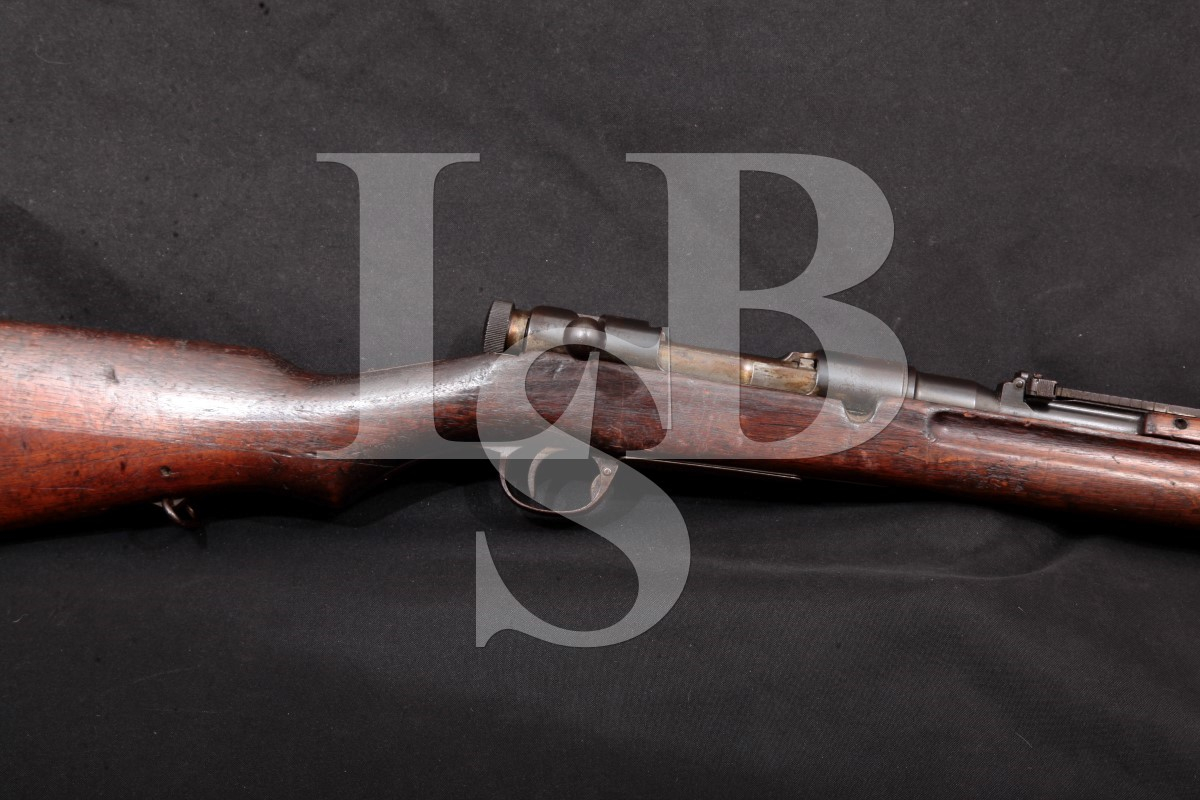



Tokyo Arsenal Arisaka Type 38 Japanese School Markings Non Import Blue 31 Military Bolt Action Rifle Mfd 1905 1945 C R 6 5x50 Japanese For Sale At Gunauction Com
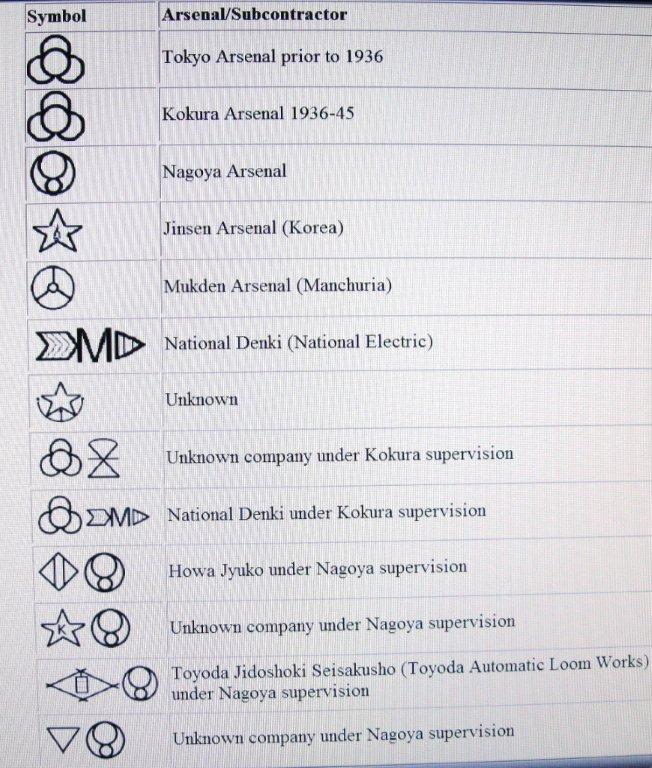



Ww2 German Soviet Allied Militaria Uniforms Awards Weapons History War Relics Forum
And Military Rifles of Japan, by FredSmall Arms of WWI Primer 032 Japanese "Arisaka" Type 38Othais and Mae delve into the story of this WWI classic Complete with history, function, and live f Japanese Sword Blades of the Shimto and Shinshinto Periods A primer of Japanese swordblades If you need further information, please request such on the Weapons Identification Service page If you are wanting to Buy Swords, please visit our Online Store and view our Swords for Sale page



Japanese Type 30 Arisaka Bayonet




Proof Marks Ballistics Bev Fitchett S Guns
Japanese sword information for the noncollector with aids in determining if a Japanese sword is On newer swords the file marks on the tang will be sharp up close to the blade collar (habaki), it is a WW II era sword these are arsenal stamps Arsenal stamps do not appear on pre1930's blades There are stories that the smallMarkings on Japanese Arisaka Rifles and Bayonets of World War II The Japanese manufactured over 64 million rifles and carbines in the 40 years from 1906 to 1945 Arsenal Marks Each Japanese rifle was marked with the symbol of either the arsenal of manufacture or the arsenal that supervised the manufacturing subcontractor18m members in the whatisthisthing community If you have an object and you don't know what it is, this is the place for you to search for an




Ww2 Japanese Arsenal Markings Ww2 Japanese Sword Arsenal Marks Gambarsaesgl




Old Japanese Type 32 Army Sword Otsu Arsenal Stamps Model 19 Cavalry Saber Wwi
Arsenal Marks Each Japanese rifle was marked with the symbol of either the arsenal of manufacture or the arsenal that supervised the manufacturing subcontractor This mark can be found on the left side of the receiver at the end of the rifle serial numberThe locking mechanism is a component that breaks fairly easily if not handled properly The arsenal manufacturing marking can be seen at the base of the handle It consists of four balls arranged in a pyramid format and was known as the Kokura arsenal Additional markings include a showa stamp and a small Japanese character Mukden Arsenal made a wide variety of light and medium artillery, and an actual majority of the IJA's artillery ammunition, during WWII the Type 41 The Type 41 mountain gun, despite it's name, was usually employed by Japanese cavalry units It fired the 75mm Krupp cartridge (1,427fps muzzle velocity) out to 4¼ miles




I Have A Japanese Rifle With Bayonet All Full Markings Nothing Ground Off B Gun Values Board



Castle Thunder Com Japanese Arisaka Rifle Identification




0280 Japanese Wwii Shin Gunto Sword With Tokyo Marks With Scabbard June Online Only Auction 18




Luger Manufacturer Logos Proof Marks 네이버 블로그
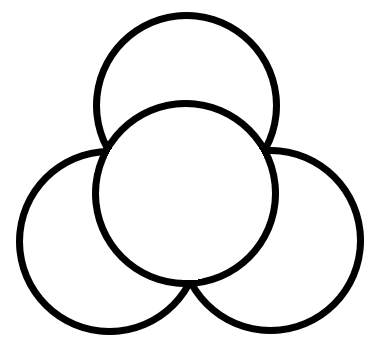



Tokyo Arsenal Gun Wiki Fandom
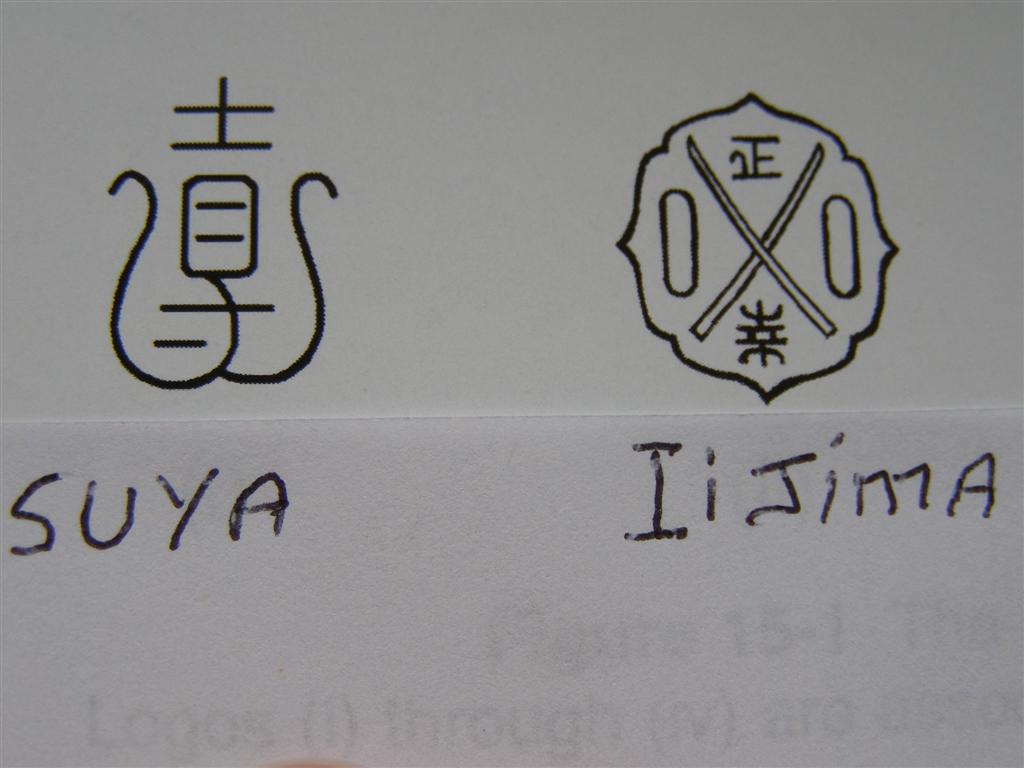



Ww2 German Soviet Allied Militaria Uniforms Awards Weapons History War Relics Forum




Markings On Japanese Arisaka Rifles And Bayonets Of World War Ii




Wwii Japanese Type 30 Bayonet W Hooked Quillion Tokyo Arsenal Markings 2 74 99 Picclick
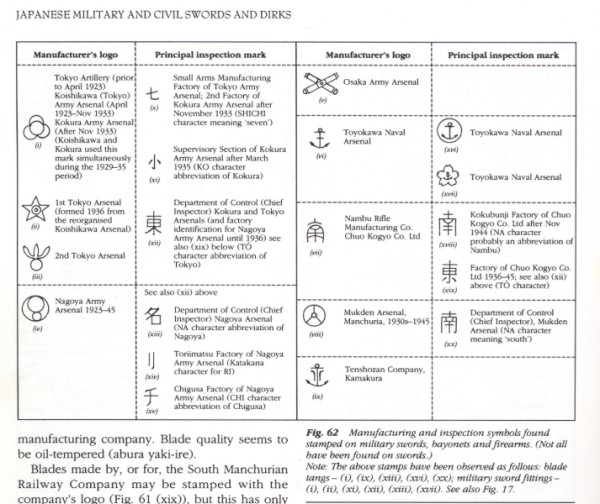



Star Stamped Gendiato On Ebay What Does The Mune Stamp Mean Military Swords Of Japan Nihonto Message Board




Japan Hoten Zoheisho Arsenal Mukden Rare Maker Catawiki



2



Japanese Arisaka Type 38 Rifle Bayonet My Dad S War Photos




Arsenal Stamps Page 2 Military Swords Of Japan Nihonto Message Board



Japanese Bayonet Markings Antique Outings




Shin Gunto Japanese Wwll Nco Sword With Matching Numbers Amp Arsenal Marks




Rare Fully Operational Original World War Ii Japanese Type 99 Light Machine Gun Lmg Full Automat




Asian Arms Japanese Arisaka Type 30 Bayonet By Kokura Arsenal




Nagoya Arsenal Type 99 Rifle Probably 8th Series But Not Marked W Painted Markings



Arisaka T99 Last Ditch Markings The Firearms Forum




Arsenal Stamps Page 2 Military Swords Of Japan Nihonto Message Board



Arisaka Ricasso Marks
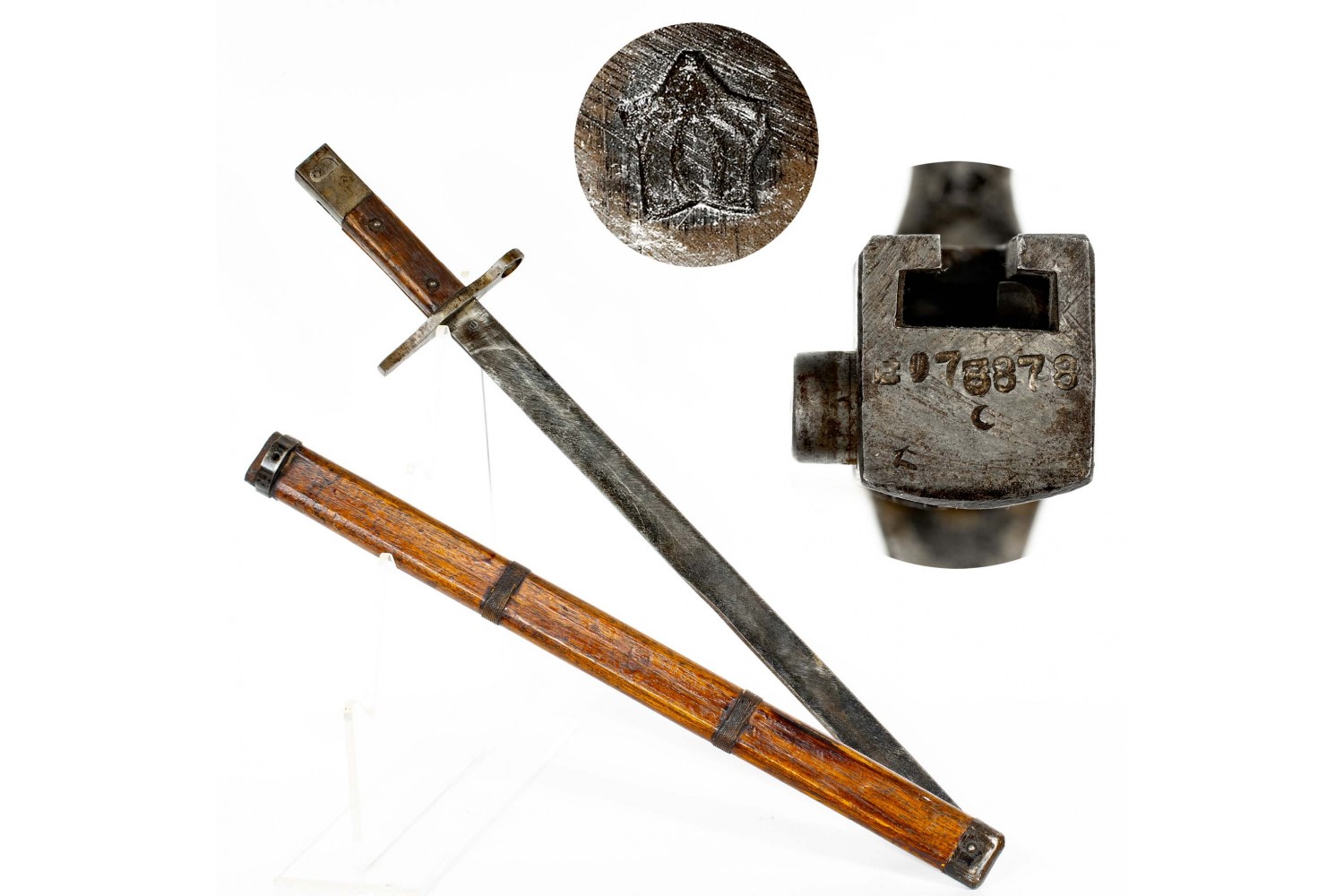



Japanese Jinsen Arsenal Late World War Ii Type 30 Bayonet
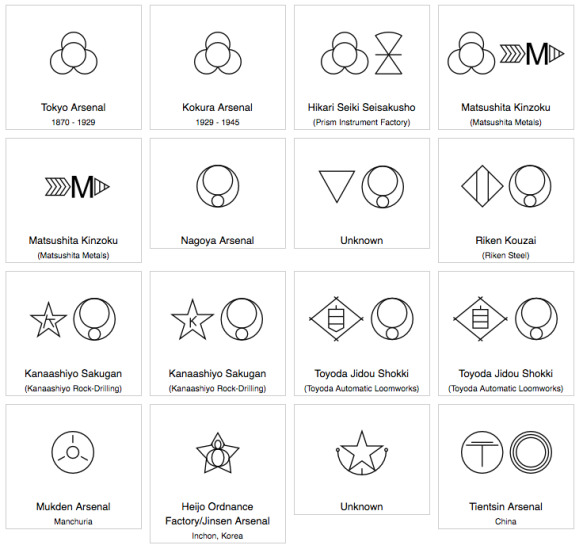



Japanese Bayonet Ricasso Marks Kiwi Medals



3




4 Japanese Wwii Arisaka Rifle Bayonets With Sheaths Witherell S Auction House
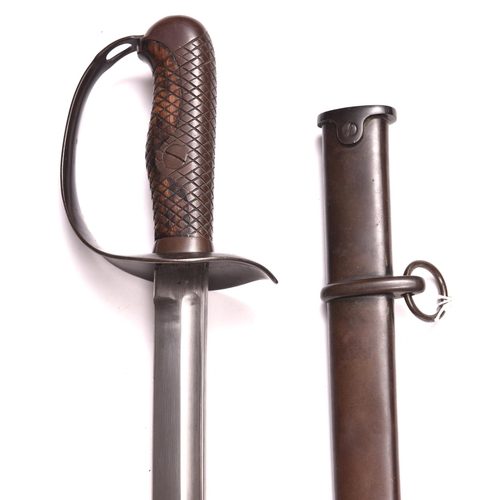



A Japanese Model 19 Type 32 Cavalry Sword Blade 30 With Very Small Indistinct Arsenal Marks And
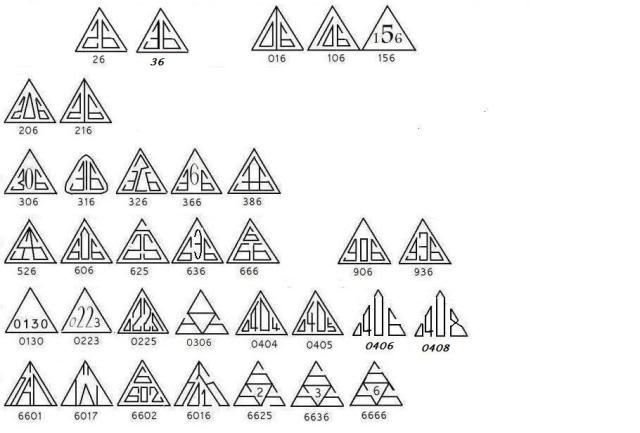



Chinese Sks Type 56 Id Faq




Cartridge Headstamps Og The World Identification Guide Pdf Txt




Arsenal Stamps Military Swords Of Japan Nihonto Message Board




Nagoya Arsenal Type 38 Arisaka Japanese School Military Reserve Marks Blue 22 Sporterized Bolt Action Rifle Mfd 1905 45 257 Roberts For Sale At Gunauction Com



A Better Picture Of The Arsenal Mark On The Japanese Bayonet Militariacollecting




Sold Price Wwii Japanese Arisaka Type 99 Series 5 Rifle December 6 01 10 00 Am Cst




I Have A Japanese Rifle With Bayonet All Full Markings Nothing Ground Off B Gun Values Board




Japanese Type 95 Nagoya Arsenal Nco Shin Gunto Matching Numbers Bygone Blades




Ieii34dviqaifm
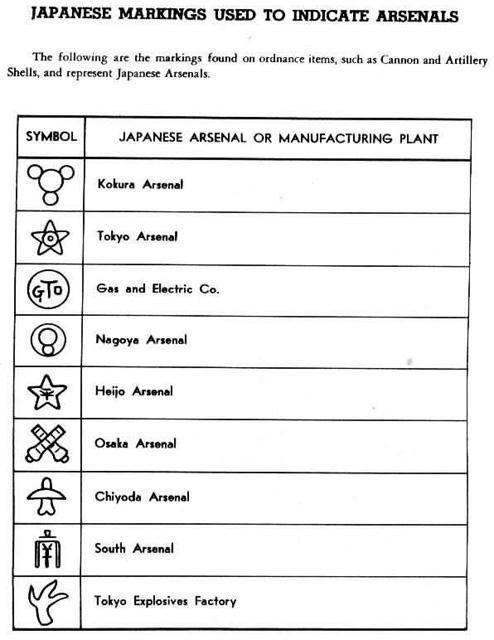



Army Radio Sales Co Japanese Radio Data Plates Explained




Mystery Logo On Inside Micrometer The Garage Journal



Below Are Examples Of Arisaka Bayonets From My Collection




The Knife Edge One Man So Many Knives C Dad S Japanese Bayonet




Japanese Bayonet Katanas For Sale




Japanese Bayonet Manufacturer S Marks
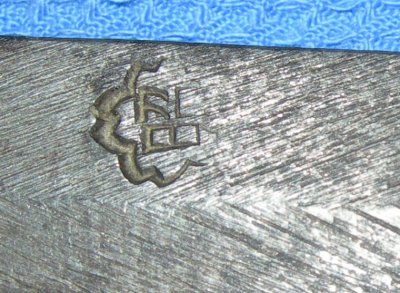



Arsenal Stamps Military Swords Of Japan Nihonto Message Board




Japanese Type 30 Bayonet Arisaka Rifle Matsushita Kinzoku Kokura Arsenal Marks
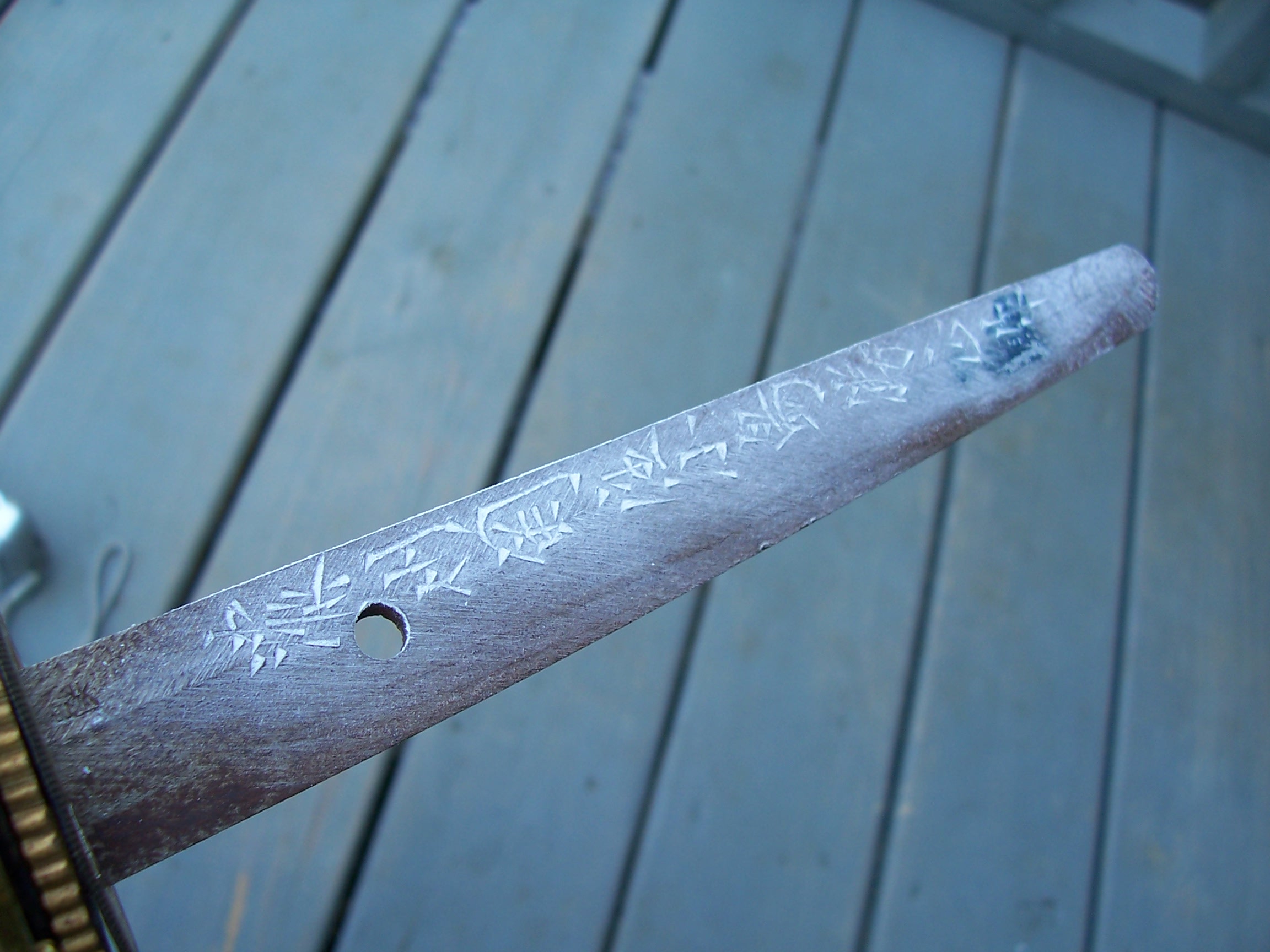



Need To Know What The Tang Says And If That Is An Arsenal Mark On This Japanese Sword Nihonto Club




Wwii Japanese Bayonet Nagoya Diamond Arsenal Mark With Scabbard Frog M147 7 50 Picclick




Ww2 German Soviet Allied Militaria Uniforms Awards Weapons History War Relics Forum




Lithgow 1907 Bayonet Antique Outings Bayonet Lithgow Japanese




Japanese Kokura Type 38 Arisaka Rifle Cowan S Auction House The Midwest S Most Trusted Auction House Antiques Fine Art Art Appraisals



Japanese Showa Era Swords



1



Japanese Military Collectibles Reference Samurai Sword 7 Wwii



Www Exordinanza Net Carcano Arisaka Type 1




Another Bayonet To Identify Please Arms And Other Weapons The Great War 1914 1918 Forum
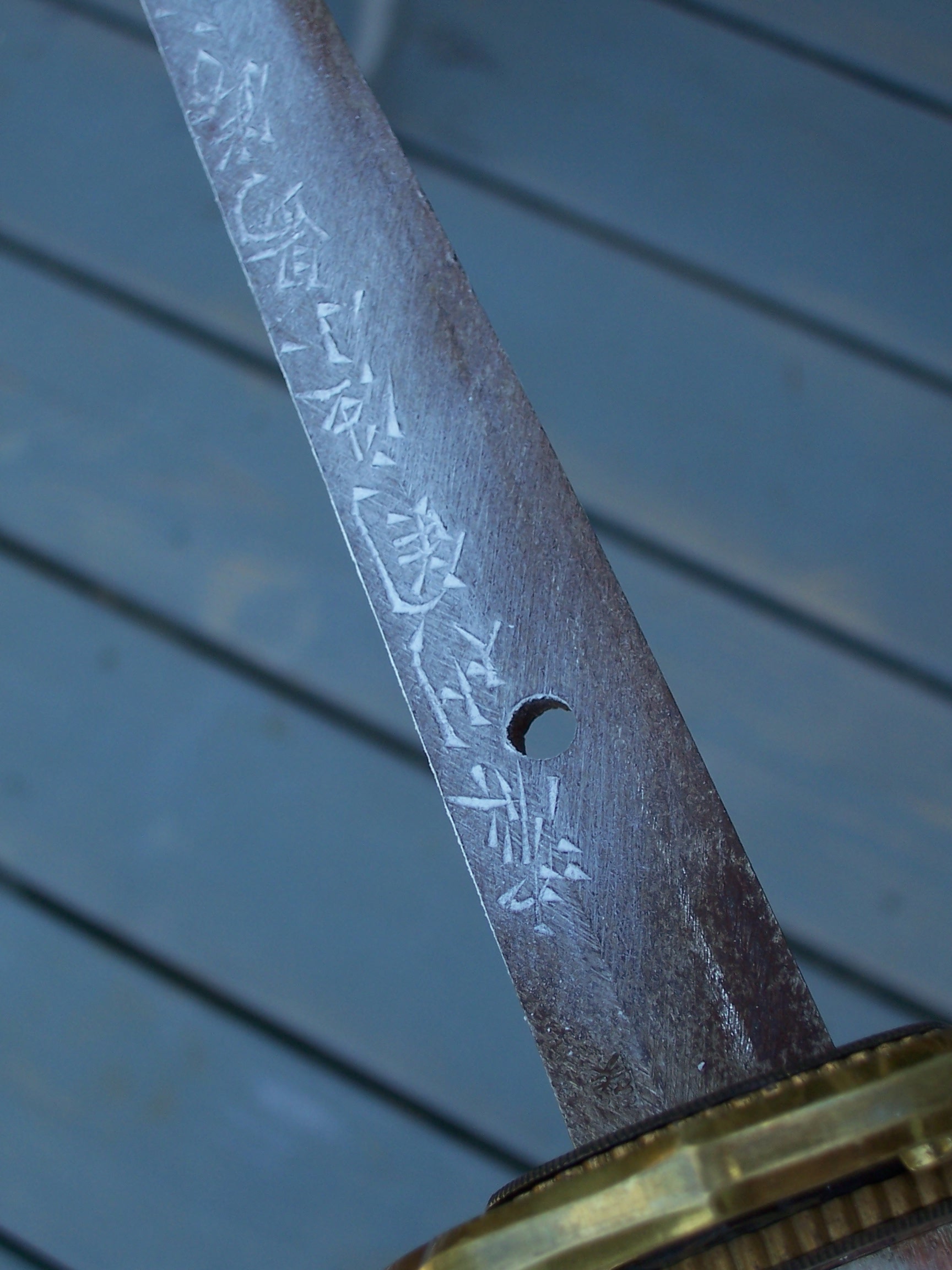



Need To Know What The Tang Says And If That Is An Arsenal Mark On This Japanese Sword Nihonto Club
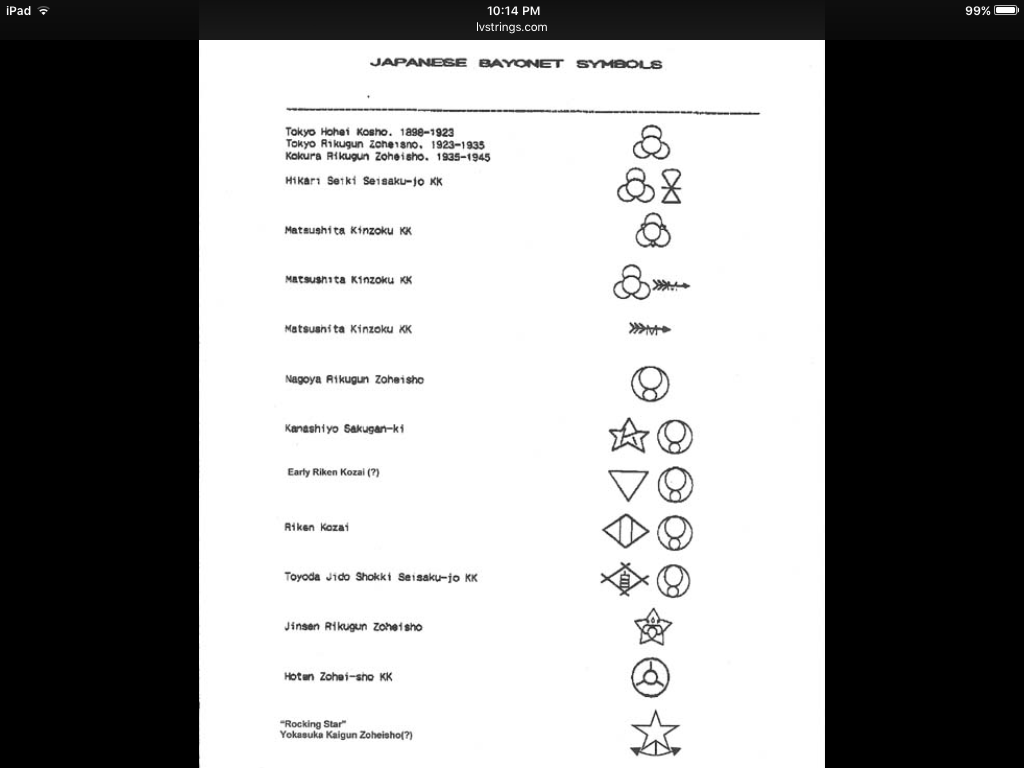



Ww2 German Soviet Allied Militaria Uniforms Awards Weapons History War Relics Forum




Sold Price 4 Japanese Wwii Arisaka Rifle Bayonets With Sheaths January 3 0118 10 00 Am Pst



Any Help Identifying These Markings Late Wwii Era Japanese Officers Sword Swords



Unknown Shin Gunto Katana Arsenal Mark Ethnographic Arms Armour



70mm X 101mm Japanese Shell Case General Ammunition Collector Discussion International Ammunition Association Web Forum



Japanese Bayonet Markings Antique Outings



Nambu World



Help Identify Mysterious Arisaka Mark The Firearms Forum




Japanese Bayonet Manufacturer S Marks




Wwii Japanese Bayonet Star Maker Mark Jinsen Arsenal Last Ditch Late War 1 00 Picclick
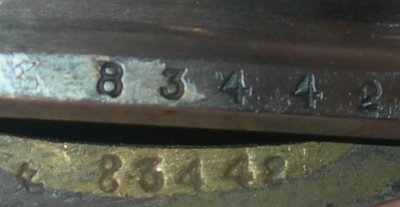



Ww2 Authentic Japanese Nco S Shin Gunto Katana Nagoya Arsenal
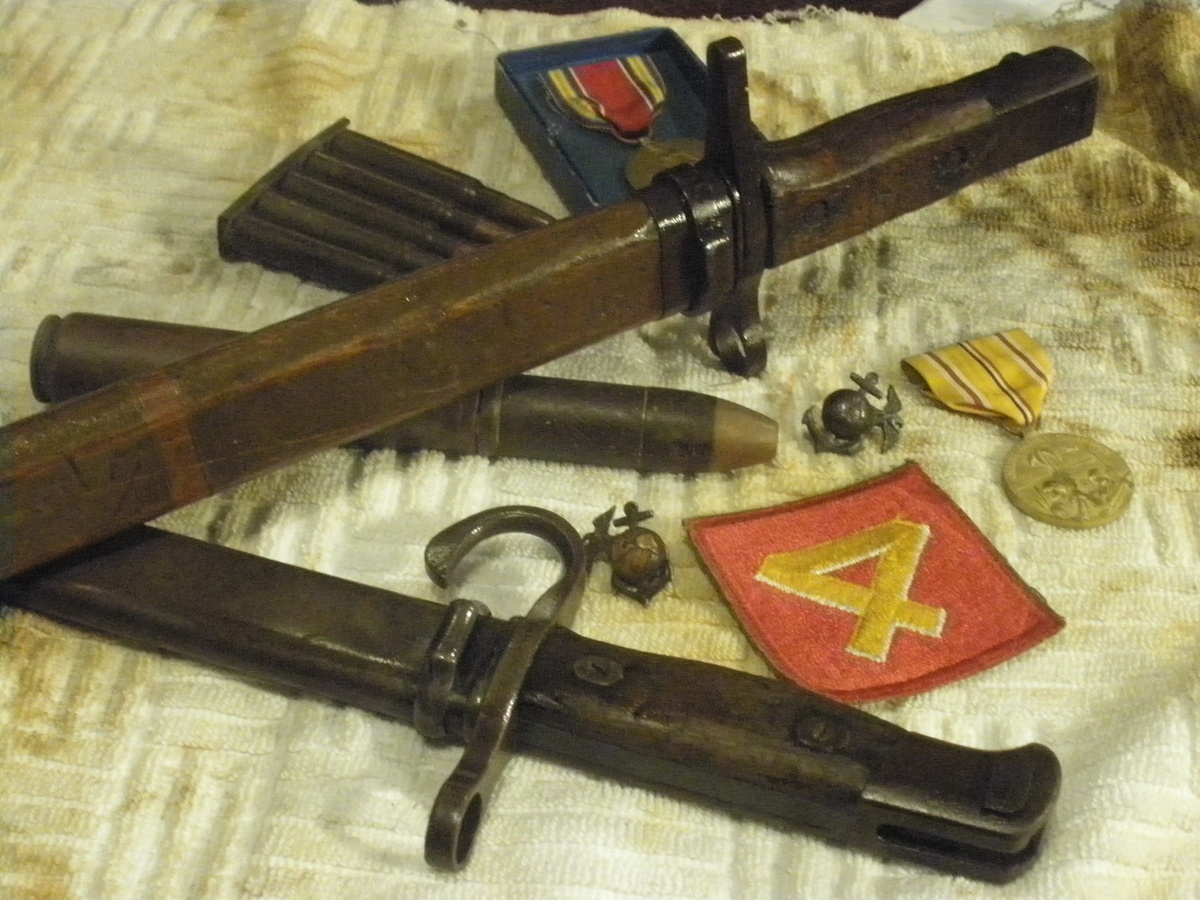



Two Japanese Wwii Era Bayonets Tokyo And Toyoda Maker Marks Collectors Weekly




Jcb James Christopher Case Markings Dates Naval Arsenal Marks Inspectors Mark




Tips And Values For Collecting The Wwii Type 99 Japanese Rifle Military Trader Vehicles




Create Meme The Russo Japanese War Battle Of Waterloo Marks The Russo Japanese Revolution Pictures Meme Arsenal Com




Japanese Bayonet Manufacturer S Marks




Japanese Bayonet For Sale Ebay



Nambu World Japanese Bayonets



Tokyo Arsenal Marked Shin Gunto Blade Gunboards Forums




Original Japanese Late Wwii Arisaka Type 30 Bayonet By Toyoda With Woo International Military Antiques



Type 44 Carbine




Japanese Bayonet Markings Marking Tokyo Army Arsenal 18 Acirc Euro Ldquo 1923 Kokura Army Arsenal 1924 Acirc Euro



Wwii Japanese Military Bayonets Price Guide Militaryitems Com




Ww2 Kokura Arsenal Japanese Type 30 Bayonet Unusual Blade Inspector Mark



2



This Section Shows Various Train




Ww2 Wwii Japanese Arisaka Rifle Bayonet Last Ditch No Arsenal Marks No Reserve 106 49 Picclick
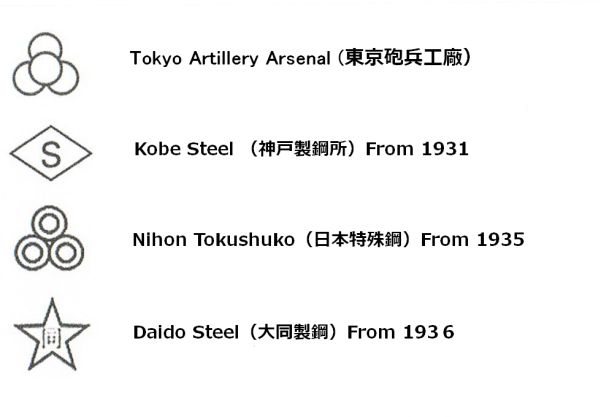



Ww2 German Soviet Allied Militaria Uniforms Awards Weapons History War Relics Forum



0 件のコメント:
コメントを投稿